 International Paper is closing two packaging plants (in California and Kentucky) amid weak demand. In related news: Ontario’s Kap Paper seeks to reinvent itself; BMI ends plans to re-open the long-shuttered Prince Alberta pulp mill; BC hopes to attract private sector investment; and a new federal softwood support package is in the works. Meanwhile: Canada’s inflation rates eases as housing starts fall; and mass timber is featured in Toronto and Delta, Alabama.
International Paper is closing two packaging plants (in California and Kentucky) amid weak demand. In related news: Ontario’s Kap Paper seeks to reinvent itself; BMI ends plans to re-open the long-shuttered Prince Alberta pulp mill; BC hopes to attract private sector investment; and a new federal softwood support package is in the works. Meanwhile: Canada’s inflation rates eases as housing starts fall; and mass timber is featured in Toronto and Delta, Alabama.
In Forestry news: Parks Canada is planting endangered whitebark pine in Alberta; a BC First Nation turns forest waste into biochar; an ENGO group kicks off a BC-wide protest; South Carolina conserves 62,000 acres of forest; and firefighters respond to wildfire in Mark Twain National Forest.
Finally, University of BC researchers launch a mushroom-powered, waterless toilet.
Kelly McCloskey, Tree Frog News Editor




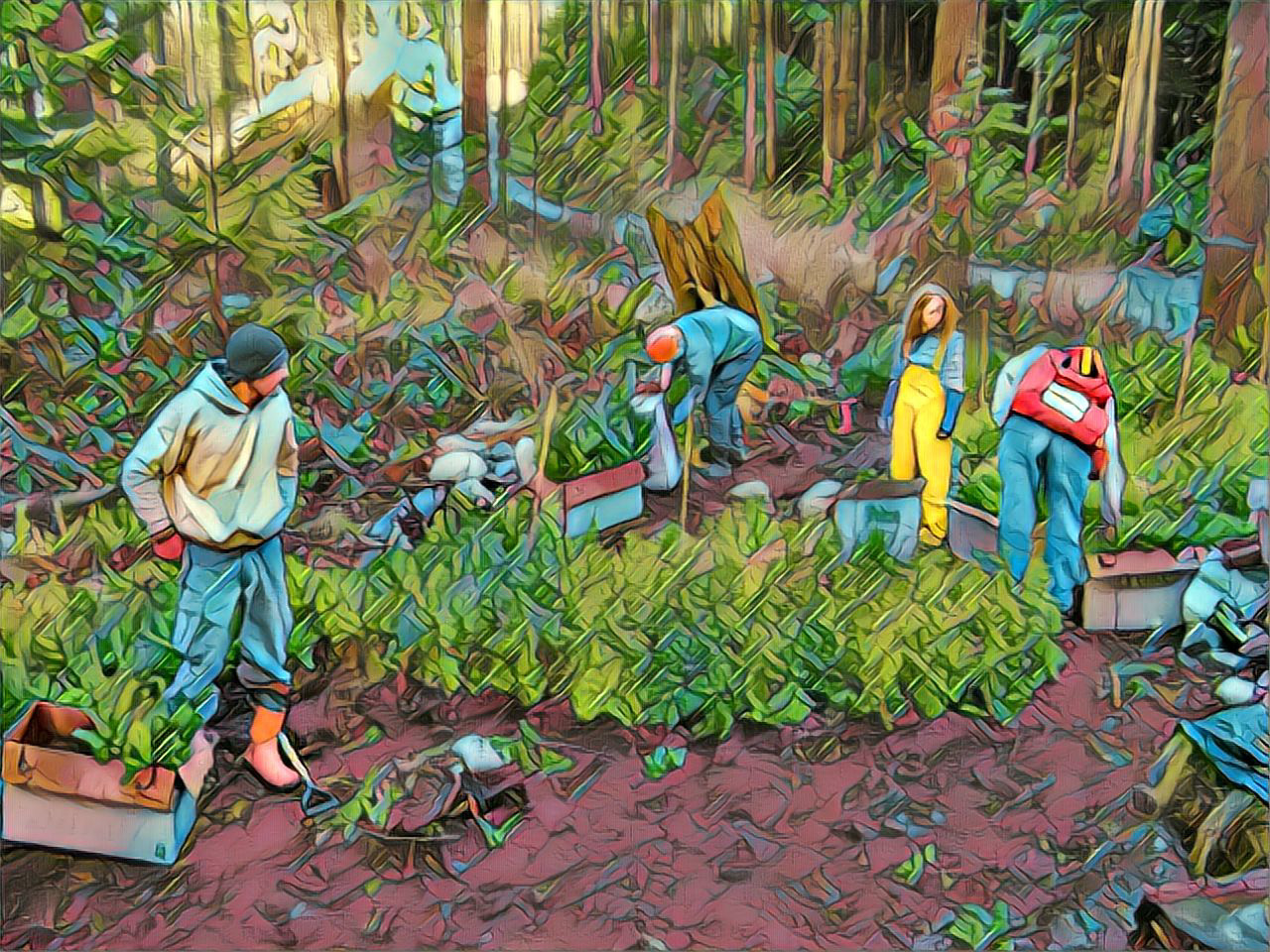 A decision to cut a tree-planting in the federal budget was met with disappointment by seedling producers. The Canadian Tree Nursery Association represents more than 95 per cent of Canada’s forest restoration seedling producers. The federal government decided to cut short the Two Billion Trees (2BT) Program, saving an estimated $200 million over four years. CTNA executive director Rob Keen said the decision would threaten the long-term environmental recovery of Canada’s forests and jeopardize the forest restoration sector. “I think the whole program was just starting to get some good momentum,” Keen said. …Keen said about 600 million trees are planted each year by the forestry industry. “So, really there was a very significant increase in overall tree planting in Canada,” he said. “And then, I guess in the budget … the government decided, ‘OK, we’re done.’ ”
A decision to cut a tree-planting in the federal budget was met with disappointment by seedling producers. The Canadian Tree Nursery Association represents more than 95 per cent of Canada’s forest restoration seedling producers. The federal government decided to cut short the Two Billion Trees (2BT) Program, saving an estimated $200 million over four years. CTNA executive director Rob Keen said the decision would threaten the long-term environmental recovery of Canada’s forests and jeopardize the forest restoration sector. “I think the whole program was just starting to get some good momentum,” Keen said. …Keen said about 600 million trees are planted each year by the forestry industry. “So, really there was a very significant increase in overall tree planting in Canada,” he said. “And then, I guess in the budget … the government decided, ‘OK, we’re done.’ ”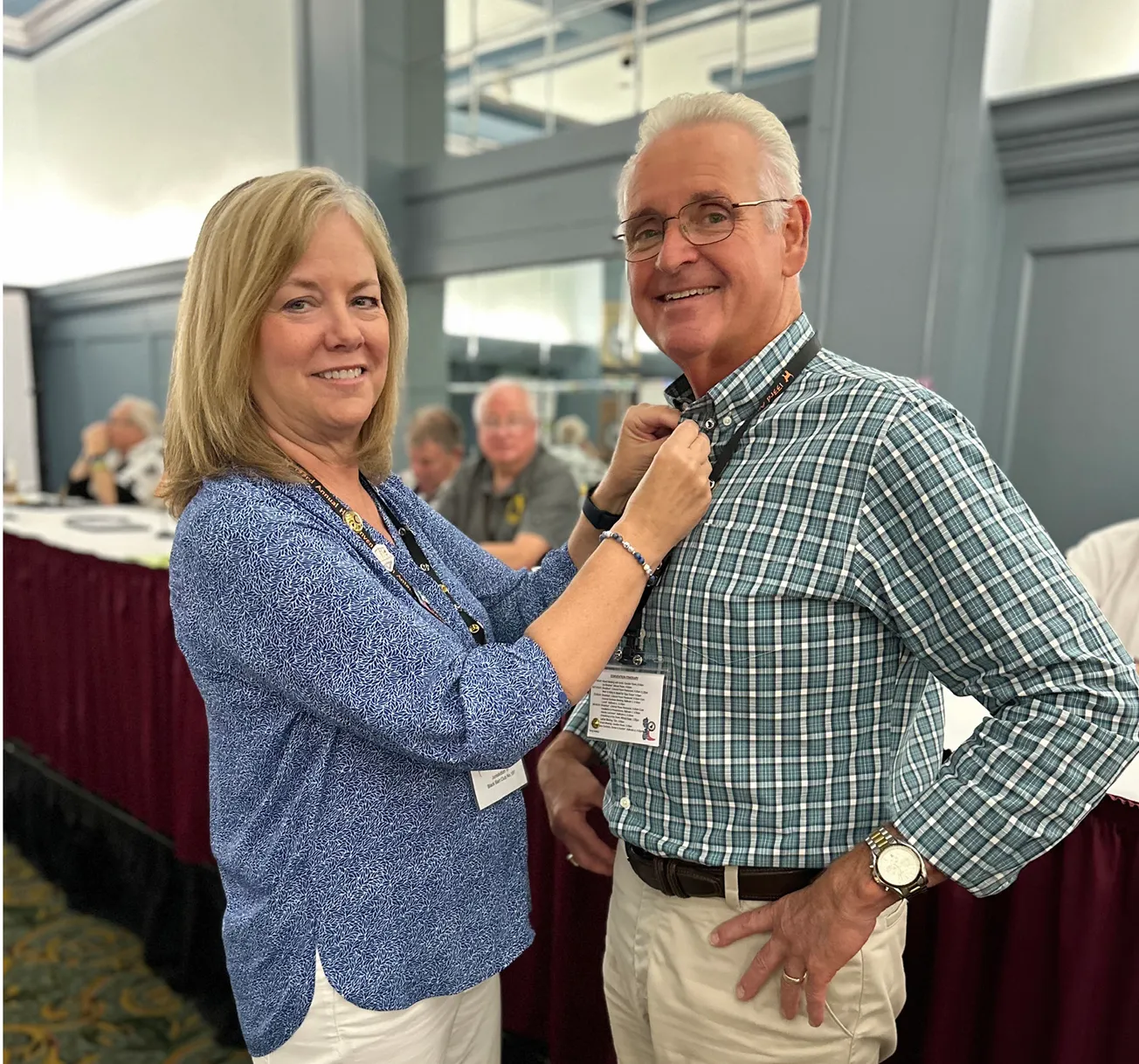
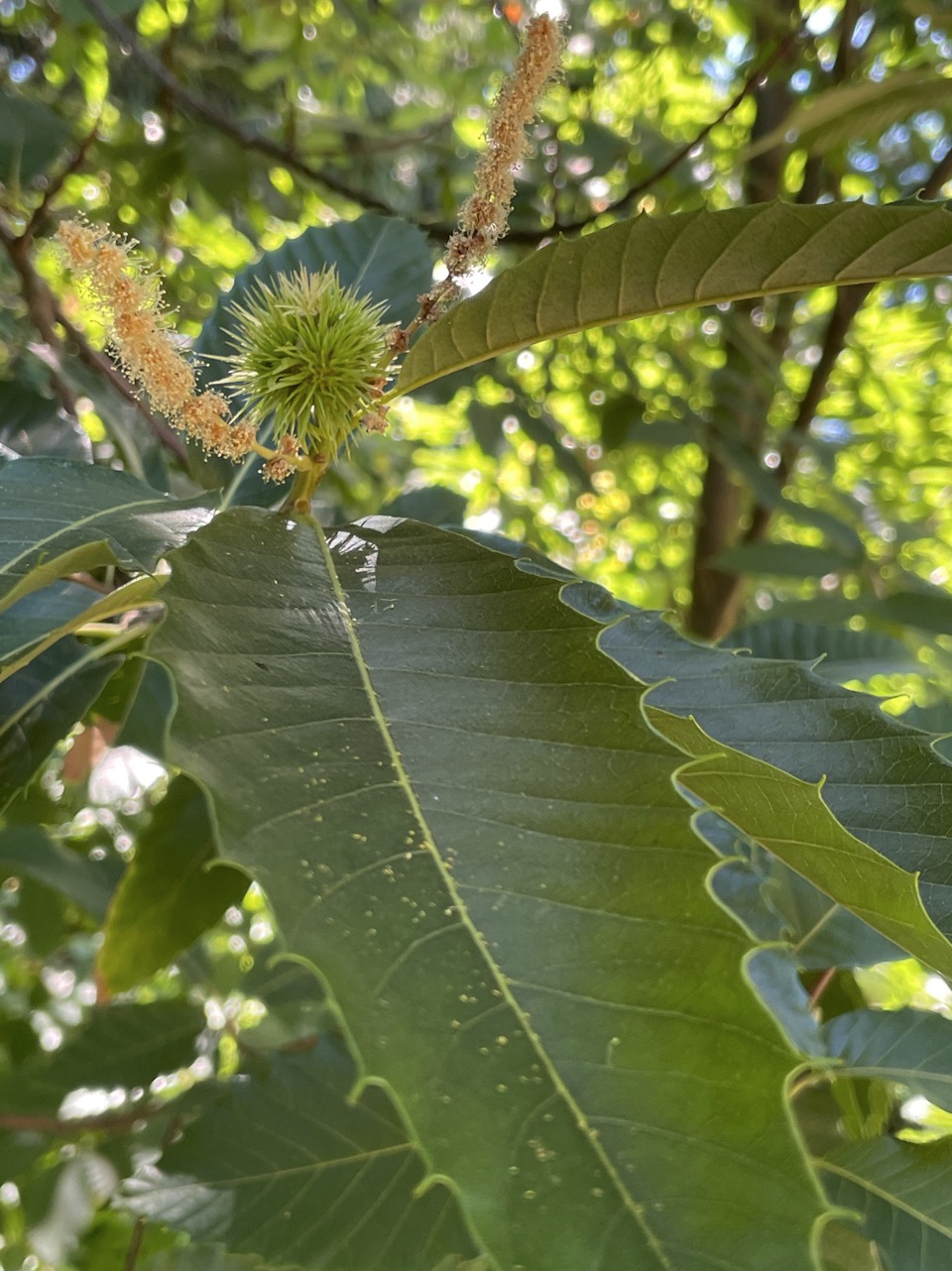 Nearly 40 Tennessee hardwood companies are among hundreds of U.S. hardwood industry operators calling for federal relief from tariff-induced economic hardship. Tennessee’s forestry products industry supports an estimated 85,000 jobs, according to the
Nearly 40 Tennessee hardwood companies are among hundreds of U.S. hardwood industry operators calling for federal relief from tariff-induced economic hardship. Tennessee’s forestry products industry supports an estimated 85,000 jobs, according to the 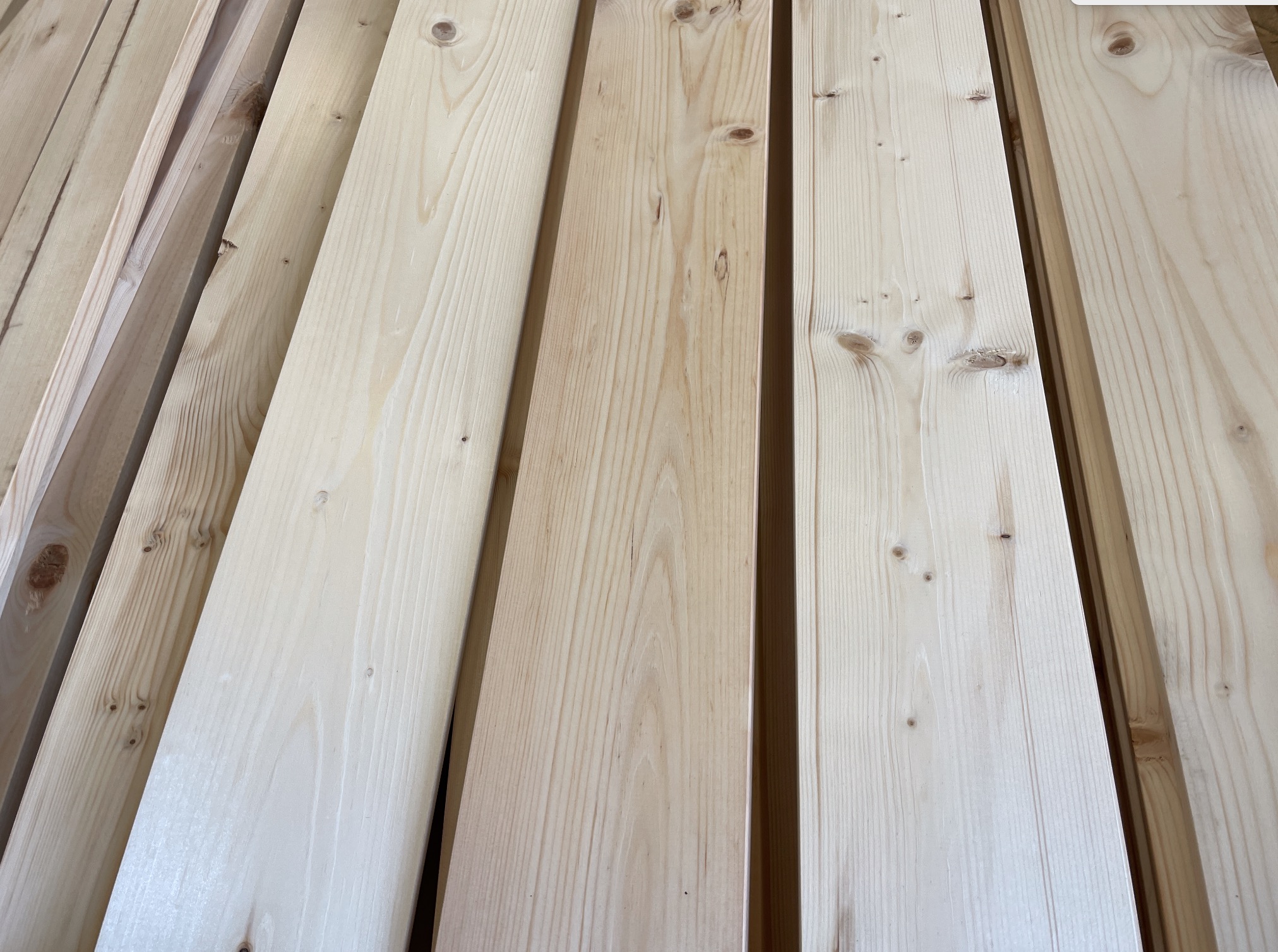 After four major paper and pulp mills closed in Georgia this fall, the phone at the South Georgia Sawmill began ringing nonstop. …woodsmen from Georgia were begging owner Adam Williams to buy at least some of their logs… Williams had to say no. The scene here in Georgia is being replicated in other timber markets, raising larger questions about what measures the United States could take to become more self-reliant and preserve its foundational industries. While most of the U.S. wood supply has historically been homegrown, imports have surged, particularly from Canada. … Republican Gov. Brian Kemp has assembled a task force to suss out new opportunities for Georgia wood. Georgia Tech University, for one, is at the forefront of technology that might one day refine new types of aviation fuel from trees. The state is also pioneering the use of so-called “mass timber” – cross-laminated panels of two-by-sixes that replace concrete and steel.
After four major paper and pulp mills closed in Georgia this fall, the phone at the South Georgia Sawmill began ringing nonstop. …woodsmen from Georgia were begging owner Adam Williams to buy at least some of their logs… Williams had to say no. The scene here in Georgia is being replicated in other timber markets, raising larger questions about what measures the United States could take to become more self-reliant and preserve its foundational industries. While most of the U.S. wood supply has historically been homegrown, imports have surged, particularly from Canada. … Republican Gov. Brian Kemp has assembled a task force to suss out new opportunities for Georgia wood. Georgia Tech University, for one, is at the forefront of technology that might one day refine new types of aviation fuel from trees. The state is also pioneering the use of so-called “mass timber” – cross-laminated panels of two-by-sixes that replace concrete and steel. 
 Stora Enso is initiating a strategic review of its Central European sawmills and building solutions operations. The 2026 review will cover one business unit of Wood Products business area, including seven sawmills in Austria, Czechia, Poland, and Lithuania, and further processing units with three cross-laminated-timber (CLT) mills, as well as wood procurement, and international sales and distribution operations. Whilst the business in scope has a strong position in an attractive market, it does not bring strategic or operational synergies for Stora Enso’s core renewable packaging operations. …different scenarios will be assessed for the business and assets in scope, including the possibility to divest the business, to strengthen Stora Enso’s strategic focus on renewable materials and packaging. The synergetic sawmills in Northern Europe, including further processing operations, in Sweden, Finland, Estonia and Latvia are not part of the assessment, and this part of the business remains strategically important to Stora Enso going forward.
Stora Enso is initiating a strategic review of its Central European sawmills and building solutions operations. The 2026 review will cover one business unit of Wood Products business area, including seven sawmills in Austria, Czechia, Poland, and Lithuania, and further processing units with three cross-laminated-timber (CLT) mills, as well as wood procurement, and international sales and distribution operations. Whilst the business in scope has a strong position in an attractive market, it does not bring strategic or operational synergies for Stora Enso’s core renewable packaging operations. …different scenarios will be assessed for the business and assets in scope, including the possibility to divest the business, to strengthen Stora Enso’s strategic focus on renewable materials and packaging. The synergetic sawmills in Northern Europe, including further processing operations, in Sweden, Finland, Estonia and Latvia are not part of the assessment, and this part of the business remains strategically important to Stora Enso going forward.

 Zoom Seminar | November 18| 11:30am – 1:00pm| This seminar helps leaders and teams learn to use artificial intelligence to enhance productivity, communication, and operational efficiency. Rather than replacing people, AI can act as a digital teammate, handling routine or repetitive work so humans can focus on creativity, decision-making, and critical thinking. Participants will explore practical ways to use AI tools like ChatGPT, Copilot, and others to streamline workflows in areas such as administration, project management, customer service, and content creation. You will learn: How AI tools like ChatGPT and Copilot work; common misconceptions; How to give clear, effective instructions to AI. Examples of strong vs. weak prompts; Examples of AI applications for administrative tasks, writing, and increasing productivity; and What to include in an internal AI-use framework: approved tools, privacy, and accountability. Safe and unsafe examples. $29 per person (you do not need to be a BC Wood member to participate – Limited to participants from Canada only)
Zoom Seminar | November 18| 11:30am – 1:00pm| This seminar helps leaders and teams learn to use artificial intelligence to enhance productivity, communication, and operational efficiency. Rather than replacing people, AI can act as a digital teammate, handling routine or repetitive work so humans can focus on creativity, decision-making, and critical thinking. Participants will explore practical ways to use AI tools like ChatGPT, Copilot, and others to streamline workflows in areas such as administration, project management, customer service, and content creation. You will learn: How AI tools like ChatGPT and Copilot work; common misconceptions; How to give clear, effective instructions to AI. Examples of strong vs. weak prompts; Examples of AI applications for administrative tasks, writing, and increasing productivity; and What to include in an internal AI-use framework: approved tools, privacy, and accountability. Safe and unsafe examples. $29 per person (you do not need to be a BC Wood member to participate – Limited to participants from Canada only)

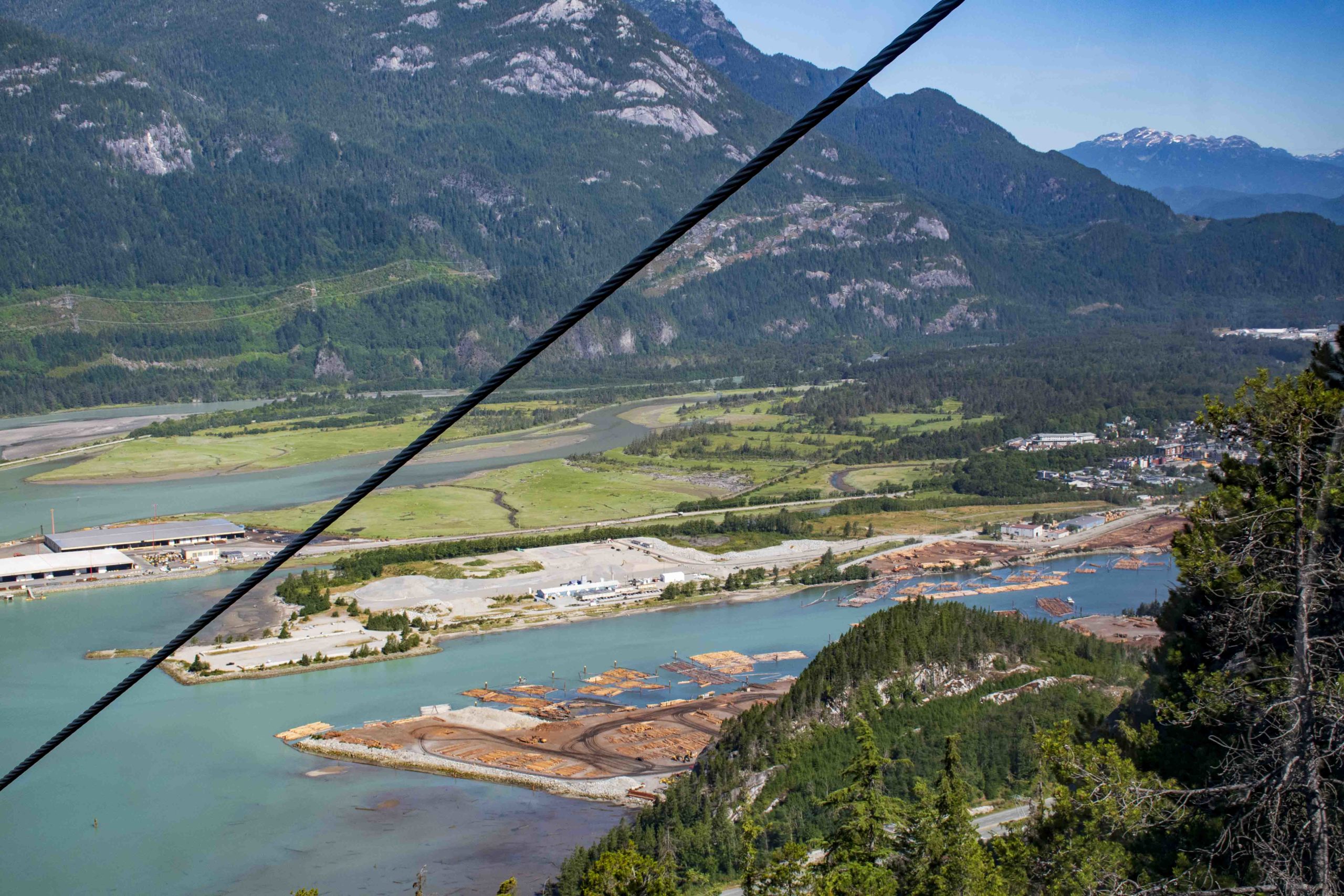 At a recent public open house, the Squamish Community Forest unveiled its vision for sustainable land use, cultural preservation, and wildfire mitigation over the next five years. The Squamish Community Forest functions on a Community Forest Agreement (CFA) and equal shareholding between Skwxwú7mesh Úxwumixw (Squamish Nation) and District of Squamish. This was their first ever partnership, as Squamish mayor and Community Forest chair Armand Hurford confirmed. The discussion that followed was centred around the sustainability and balance of cultural and environmental values. This year, the Community Forest has been given a $40,000 grant from the Silviculture Innovation Program (SIP) to implement silviculture in collaboration with the Nation’s Rights and Title and Cultural teams—a part of the Community Forest’s imminent five-year plan.
At a recent public open house, the Squamish Community Forest unveiled its vision for sustainable land use, cultural preservation, and wildfire mitigation over the next five years. The Squamish Community Forest functions on a Community Forest Agreement (CFA) and equal shareholding between Skwxwú7mesh Úxwumixw (Squamish Nation) and District of Squamish. This was their first ever partnership, as Squamish mayor and Community Forest chair Armand Hurford confirmed. The discussion that followed was centred around the sustainability and balance of cultural and environmental values. This year, the Community Forest has been given a $40,000 grant from the Silviculture Innovation Program (SIP) to implement silviculture in collaboration with the Nation’s Rights and Title and Cultural teams—a part of the Community Forest’s imminent five-year plan. Vernon, Revelstoke and Penticton will be included in a province-wide protest demanding a halt to old-growth logging on Tuesday. In Vernon, it’s being dubbed a “showdown at BC Timber Sales,” and the local organizers, which include the Peachland Watershed Protection Alliance and the Interior Watershed Task Force, are driving that adversarial image home by encouraging protesters to don western garb when they rally outside the Ministry of Forests office from 11 a.m. to 2 p.m. Nov. 18. Similar rallies are being held in Victoria, Nelson, Revelstoke, Smithers, Courtenay, Parksville, Prince George, Grand Forks, Penticton, Port Coquitlam, and Powell River. …Protest organizers took aim at Forestry Minister Ravi Parmar, saying seven B.C. mills have closed during his eight-month tenure. “Meanwhile he is off in Asia promising wood we do (not) have and opening trade offices … promising trees we do not grow,” the press release states. …A website,
Vernon, Revelstoke and Penticton will be included in a province-wide protest demanding a halt to old-growth logging on Tuesday. In Vernon, it’s being dubbed a “showdown at BC Timber Sales,” and the local organizers, which include the Peachland Watershed Protection Alliance and the Interior Watershed Task Force, are driving that adversarial image home by encouraging protesters to don western garb when they rally outside the Ministry of Forests office from 11 a.m. to 2 p.m. Nov. 18. Similar rallies are being held in Victoria, Nelson, Revelstoke, Smithers, Courtenay, Parksville, Prince George, Grand Forks, Penticton, Port Coquitlam, and Powell River. …Protest organizers took aim at Forestry Minister Ravi Parmar, saying seven B.C. mills have closed during his eight-month tenure. “Meanwhile he is off in Asia promising wood we do (not) have and opening trade offices … promising trees we do not grow,” the press release states. …A website, 


 The provincial government has awarded a pair of contracts to build firebreaks in areas of the Avalon Peninsula ravaged by this summer’s historic wildfire season — fires that forced hundreds of people from their homes and destroyed more than 200 structures. A firebreak is an intentionally created gap where burnable material, like vegetation and trees, are cleared in an effort to stop a fire from spreading further by removing flammable materials that could feed it. It was employed as a firefighting tactic against the Kingston, Martin Lake and Paddy’s Pond fires. According to a list of recently disclosed provincial government procurement contracts, Conception Bay South-based Platinum Construction Company Limited was awarded a $51,600 contract. Another contract, valued at $419,983.35, was awarded to Jerseyside-based Tier 1 Capital Corporation to build firebreaks in Burnt Point and Salmon Cove. Both contracts were awarded shortly after the PC party won a majority government on Oct. 14.
The provincial government has awarded a pair of contracts to build firebreaks in areas of the Avalon Peninsula ravaged by this summer’s historic wildfire season — fires that forced hundreds of people from their homes and destroyed more than 200 structures. A firebreak is an intentionally created gap where burnable material, like vegetation and trees, are cleared in an effort to stop a fire from spreading further by removing flammable materials that could feed it. It was employed as a firefighting tactic against the Kingston, Martin Lake and Paddy’s Pond fires. According to a list of recently disclosed provincial government procurement contracts, Conception Bay South-based Platinum Construction Company Limited was awarded a $51,600 contract. Another contract, valued at $419,983.35, was awarded to Jerseyside-based Tier 1 Capital Corporation to build firebreaks in Burnt Point and Salmon Cove. Both contracts were awarded shortly after the PC party won a majority government on Oct. 14.
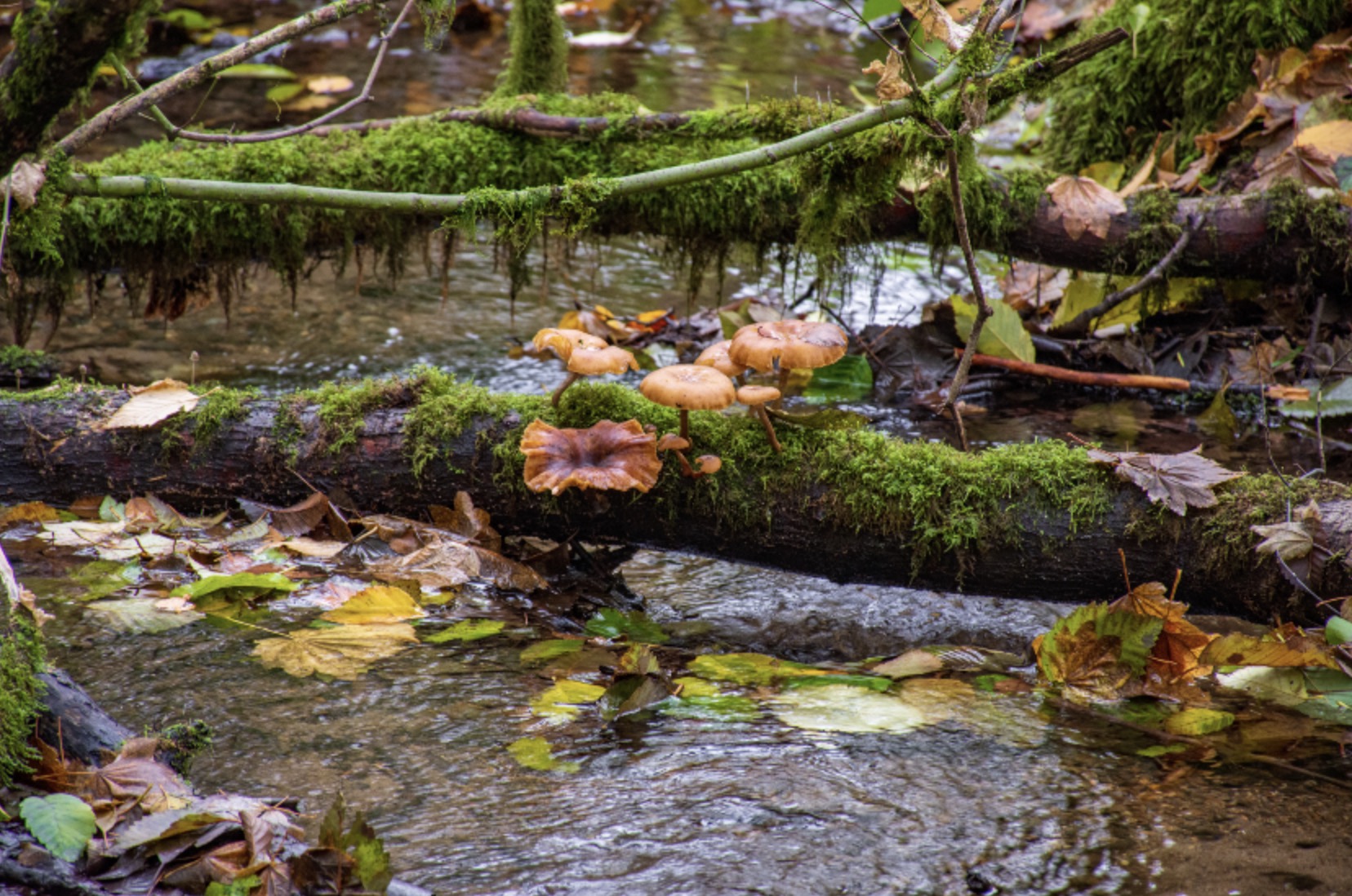 OLYMPIA — The Washington Forest Practices Board took 200,000 acres of timberland out of production, voting 7-5 to require loggers to stay farther back from streams without fish. The close vote Nov. 12 capped a contentious debate over the environmental and economic consequences of widening and lengthening riparian buffers to shade streams. Forest landowners will lose $2.8 billion in harvestable timber because of the new buffers, according to a University of Washington analysis. Ten state representatives, five Democrats and five Republicans, questioned whether the board had thoroughly examined the social costs. And the Environmental Protection Agency said the bigger buffers are not needed to meet the Clean Water Act. But the Department of Ecology championed wider and longer buffers. The buffers will keep timber harvests from warming water temperatures in most cases, according to Ecology. “Not taking action is not an option,” said Ecology Director Casey Sixkiller, a member of the forest board.
OLYMPIA — The Washington Forest Practices Board took 200,000 acres of timberland out of production, voting 7-5 to require loggers to stay farther back from streams without fish. The close vote Nov. 12 capped a contentious debate over the environmental and economic consequences of widening and lengthening riparian buffers to shade streams. Forest landowners will lose $2.8 billion in harvestable timber because of the new buffers, according to a University of Washington analysis. Ten state representatives, five Democrats and five Republicans, questioned whether the board had thoroughly examined the social costs. And the Environmental Protection Agency said the bigger buffers are not needed to meet the Clean Water Act. But the Department of Ecology championed wider and longer buffers. The buffers will keep timber harvests from warming water temperatures in most cases, according to Ecology. “Not taking action is not an option,” said Ecology Director Casey Sixkiller, a member of the forest board.
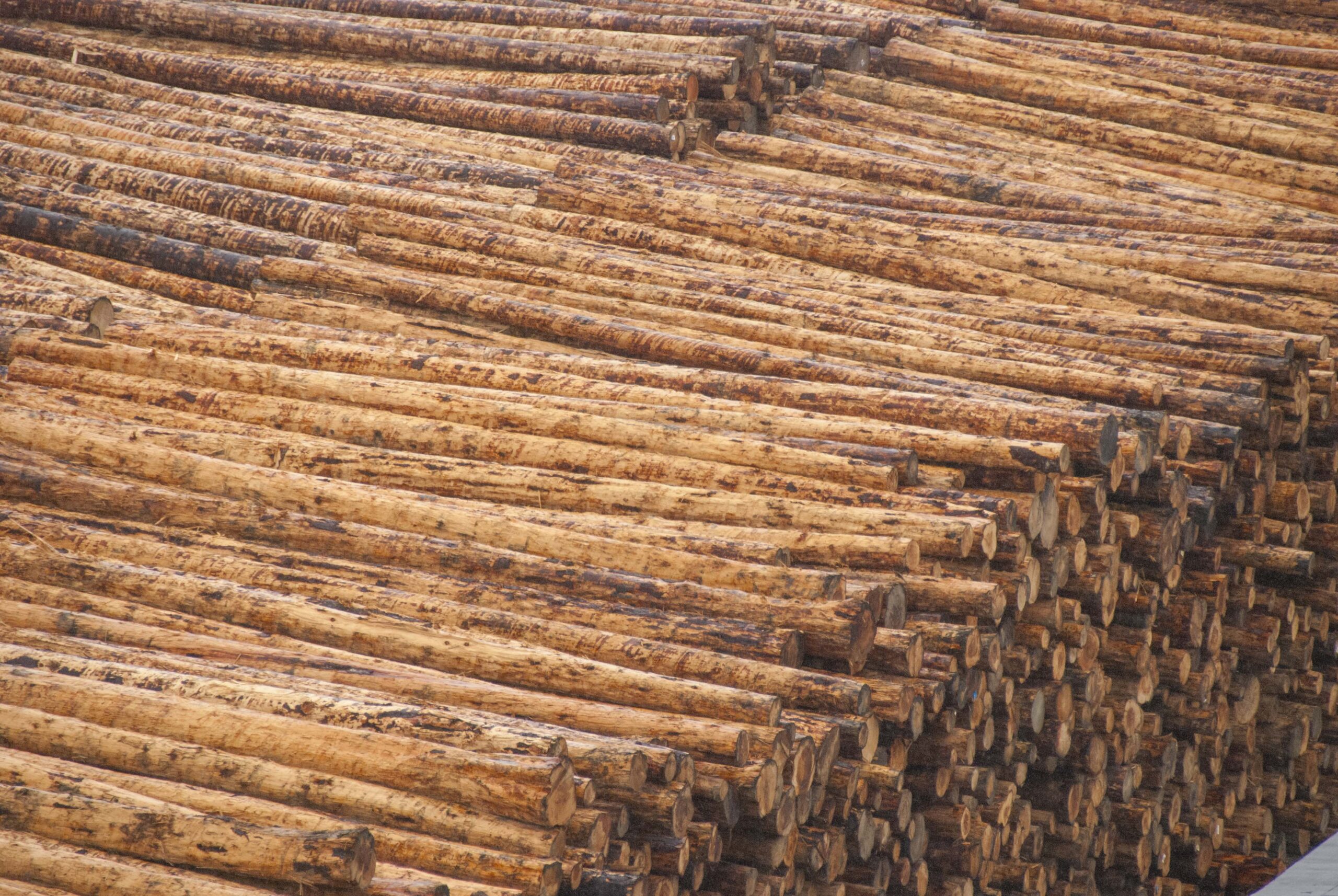 On Oct. 17 … the Flathead National Forest’s district ranger in Swan Lake proposed an emergency logging and thinning project west of Blacktail Mountain called the West Truman Project. The project proposal … was published to the Flathead National Forest’s projects website, signaling a departure from the agency’s usual strategy of notifying members of the public about planning projects by email and issuing press releases. It also came with a caveat: The West Truman Project is being analyzed under the USDA’s newly established Emergency Action Determination and, as such, is exempt from the usual layers of permitting compliance — including public comment. …Keith Hammer, leader of the Swan View Coalition, said he wasn’t surprised to see the Flathead National Forest propose a logging project with the stated purpose of reducing wildfire risk; however, he was surprised by the covert way in which they proposed it.
On Oct. 17 … the Flathead National Forest’s district ranger in Swan Lake proposed an emergency logging and thinning project west of Blacktail Mountain called the West Truman Project. The project proposal … was published to the Flathead National Forest’s projects website, signaling a departure from the agency’s usual strategy of notifying members of the public about planning projects by email and issuing press releases. It also came with a caveat: The West Truman Project is being analyzed under the USDA’s newly established Emergency Action Determination and, as such, is exempt from the usual layers of permitting compliance — including public comment. …Keith Hammer, leader of the Swan View Coalition, said he wasn’t surprised to see the Flathead National Forest propose a logging project with the stated purpose of reducing wildfire risk; however, he was surprised by the covert way in which they proposed it.
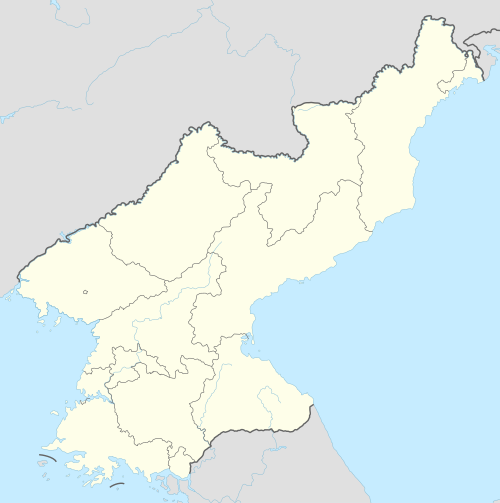
 By 2015, the dense 1,385 hectares Kandowa Forest once filled acacia and mahogany … had vanished entirely. The disappearance of forests like Kandowa reflects a broader environmental catastrophe unfolding across South Darfur, where more than 70 percent of tree cover has been lost over the past decade… The violence that erupted between Sudan’s army and the Rapid Support Forces in April 2023 has only accelerated the destruction, pushing desperate families deeper into what remains of the forests. With gas supplies cut off and charcoal prices soaring fivefold, survival itself now depends on felling trees. …Salim outlined a more comprehensive approach: making alternative energy sources like gas and solar power affordable, launching large-scale reforestation…, and enforcing stronger laws to combat illegal logging and timber smuggling. …”If people have no peace, no jobs, no energy, they will keep cutting trees,” said Khaldi Fathi Salim, with South Darfur’s Ministry of Agriculture.
By 2015, the dense 1,385 hectares Kandowa Forest once filled acacia and mahogany … had vanished entirely. The disappearance of forests like Kandowa reflects a broader environmental catastrophe unfolding across South Darfur, where more than 70 percent of tree cover has been lost over the past decade… The violence that erupted between Sudan’s army and the Rapid Support Forces in April 2023 has only accelerated the destruction, pushing desperate families deeper into what remains of the forests. With gas supplies cut off and charcoal prices soaring fivefold, survival itself now depends on felling trees. …Salim outlined a more comprehensive approach: making alternative energy sources like gas and solar power affordable, launching large-scale reforestation…, and enforcing stronger laws to combat illegal logging and timber smuggling. …”If people have no peace, no jobs, no energy, they will keep cutting trees,” said Khaldi Fathi Salim, with South Darfur’s Ministry of Agriculture. 

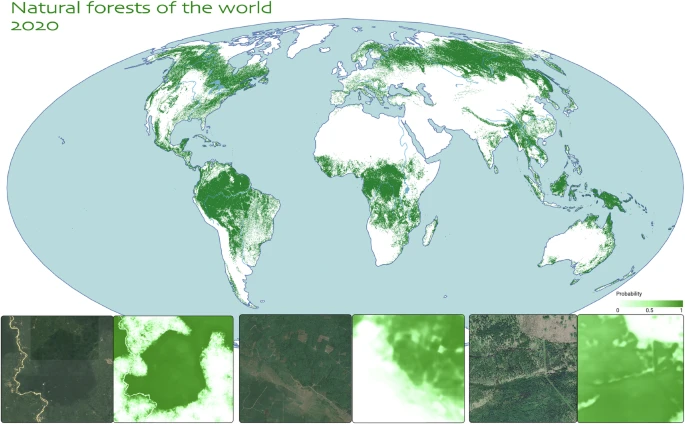

 BELÉM, Brazil
BELÉM, Brazil WASHINGTON – The U.S. Department of Agriculture directed its staff to identify grants for possible termination in the early months of the second Trump administration by searching for more than two dozen specific words and phrases related to diversity and climate change, according to documents seen by Reuters. The effort was undertaken as part of a broad campaign across federal agencies to comply with President Donald Trump’s directives to end diversity, equity and inclusion efforts and climate regulation in the federal government. Trump … has called climate change a “con job.” The documents, obtained by legal advocacy group FarmSTAND … show the breadth of that effort… The topics and terms included “climate modeling,” “climate and emission analysis,” …”carbon pricing and market mechanics,” “renewable energy modernization that does not directly benefit farmers,” “climate adaption (sic) and resilience planning” and “biodiversity and ecosystem resilience related to climate change”.
WASHINGTON – The U.S. Department of Agriculture directed its staff to identify grants for possible termination in the early months of the second Trump administration by searching for more than two dozen specific words and phrases related to diversity and climate change, according to documents seen by Reuters. The effort was undertaken as part of a broad campaign across federal agencies to comply with President Donald Trump’s directives to end diversity, equity and inclusion efforts and climate regulation in the federal government. Trump … has called climate change a “con job.” The documents, obtained by legal advocacy group FarmSTAND … show the breadth of that effort… The topics and terms included “climate modeling,” “climate and emission analysis,” …”carbon pricing and market mechanics,” “renewable energy modernization that does not directly benefit farmers,” “climate adaption (sic) and resilience planning” and “biodiversity and ecosystem resilience related to climate change”. Each year, the BC Forest Safety Council honours individuals who go above and beyond to make forestry safer for everyone. Since 2008, the Leadership in Safety Awards have recognised outstanding contributions in three key areas: harvesting, manufacturing and lifetime achievement. These awards honour people who lead by example—those who bring fresh ideas, foster a strong safety culture and consistently put the well-being of others first. …Congratulations to all of this year’s award recipients! Your leadership, care and commitment continue to make BC’s forestry industry safer and stronger. Nominations for the 2026 Leadership in Safety Awards open on January 12, 2026.
Each year, the BC Forest Safety Council honours individuals who go above and beyond to make forestry safer for everyone. Since 2008, the Leadership in Safety Awards have recognised outstanding contributions in three key areas: harvesting, manufacturing and lifetime achievement. These awards honour people who lead by example—those who bring fresh ideas, foster a strong safety culture and consistently put the well-being of others first. …Congratulations to all of this year’s award recipients! Your leadership, care and commitment continue to make BC’s forestry industry safer and stronger. Nominations for the 2026 Leadership in Safety Awards open on January 12, 2026. Smoke from wildfires causes a cascade of changes in the proteins in the blood of firefighters, according to a groundbreaking study by researchers from the University of Arizona School of Public Health. The researchers found 60 different changes in blood proteins in samples taken from 42 firefighters who battled the Los Angeles wildfires that charred 23,000 acres and forced 10,000 people to flee their homes. Those changes in serum proteome are associated with a potential increased risk of cancer, abnormal cell growth, immune system dysfunction and inflammatory response. …The findings are the latest to highlight the health risks facing wildland firefighters, who for decades have actually been barred from wearing protective masks on the fire lines for fear it would limit their work and lead to overheating. The Forest Service recently shifted its policy to allow firefighters to wear masks if they choose.
Smoke from wildfires causes a cascade of changes in the proteins in the blood of firefighters, according to a groundbreaking study by researchers from the University of Arizona School of Public Health. The researchers found 60 different changes in blood proteins in samples taken from 42 firefighters who battled the Los Angeles wildfires that charred 23,000 acres and forced 10,000 people to flee their homes. Those changes in serum proteome are associated with a potential increased risk of cancer, abnormal cell growth, immune system dysfunction and inflammatory response. …The findings are the latest to highlight the health risks facing wildland firefighters, who for decades have actually been barred from wearing protective masks on the fire lines for fear it would limit their work and lead to overheating. The Forest Service recently shifted its policy to allow firefighters to wear masks if they choose.